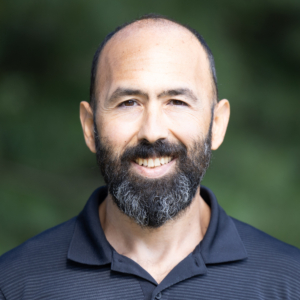GFF-Agnostic Black Box Gain Model for non-Flat Input Spectrum
We present a simple and accurate semi-analytical model predicting the gain of a single-stage erbium-doped fiber amplifier (EDFA) embedded with an unknown gain flattening filter (GFF). Characteristic wavelength-dependent gain coefficients and their scaling laws are extracted with a limited set of simple flat input spectrum measurements at variable temperatures and pump powers. Based on a black box approach, the proposed model provides a precise gain profile estimation of GFF-embedded EDFA for non-flat input spectra in variable temperature and pump power conditions. The accuracy of the presented methodology is validated on an extensive experimental dataset and compared with state-of-the-art gain models based on semi-analytic and solutions.


